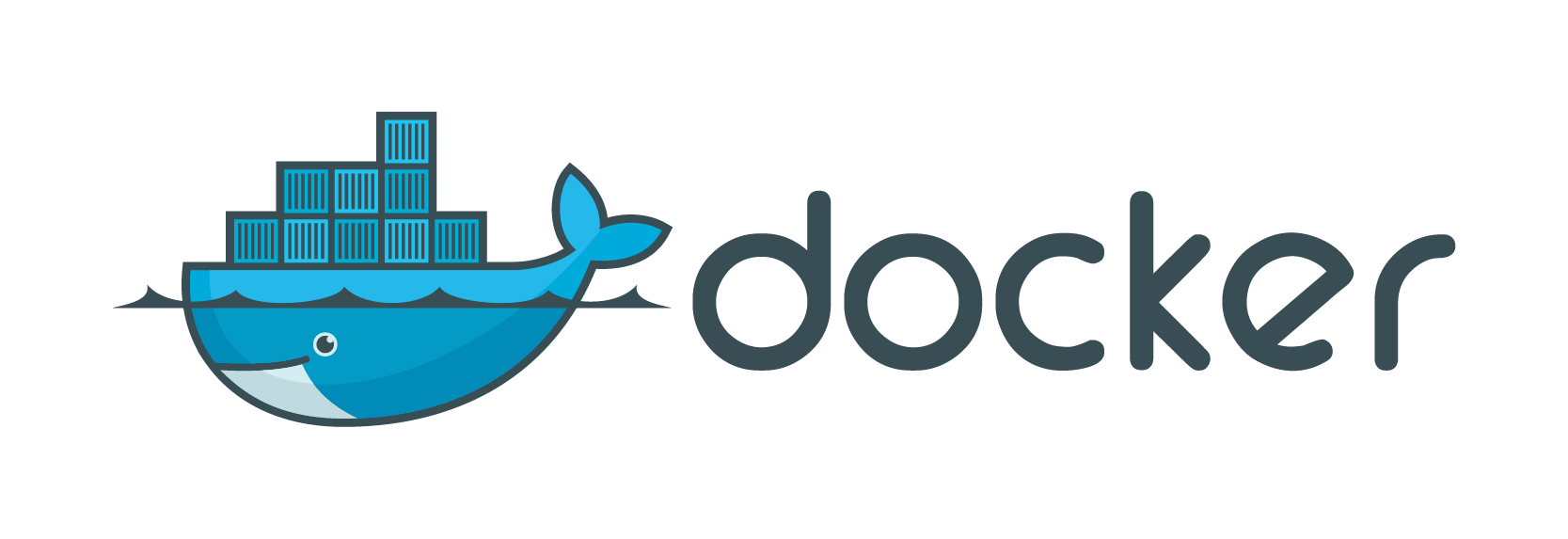Getting Started
Open Energy Playground is a research project aiming to make it easier and faster to prototype smart energy services.
Energy data is collected and measured from sites such as offices, homes, construction sites and museums.
This data is then analyzed, stored and processed with tools from the toolbox to result in mockups, tutorials, research material and concept services.
Data will be made available through open source when the project is finished.
Prerequisites: Docker

The Open Energy Playground is built on a number of Docker containers.
Docker containers wrap up a piece of software in a complete filesystem that contains everything it needs to run: code, runtime, system tools, system libraries – anything you can install on a server. This guarantees that it will always run the same, regardless of the environment it is running in. - Docker
To run the Open Energy Playground, you need Docker installed on the computer you will be running it on. To get started with Docker, follow the guides here:
Then come back here!
Installing the playground
Now that we have Docker up and running, we can start with the playground.
(For installation on Raspberry Pi, see separate instructions)
Clone the Open Energy Playground:
git clone https://github.com/op-en/playground.git
This project contains only a Docker Compose file that specifies what programs to download, and how to run them on your computer. To download, install and startup all these programs, go into the project folder and run docker-compose, like so:
cd playground/
docker-compose up -d
Thats it!
When the compose script is finished, the playground is ready.
Accessing the Playground (Windows & Mac)
On Windows and Mac, you first have to find the public ip of the docker-machine that is running the container.
When docker is started:
docker-machine ip default
(If you are running Docker on linux, all containers map to localhost instead)
Containers in the Playground
The playground currently contains 6 containers.
- InfluxDB, a database.
- Grafana, a visualizing tool.
- Mosquitto, a broker relaying MQTT messages.
- node-RED, a tool for wiring everything together.
- App Server, a bridge from MQTT to websockets.
- nginx, a web server hosting your custom content.
These are now all running on your computer. Continue below for your next step!
Next
There are many paths to choose from here on!
What do you want to learn more about?
Check out the Tutorials page
